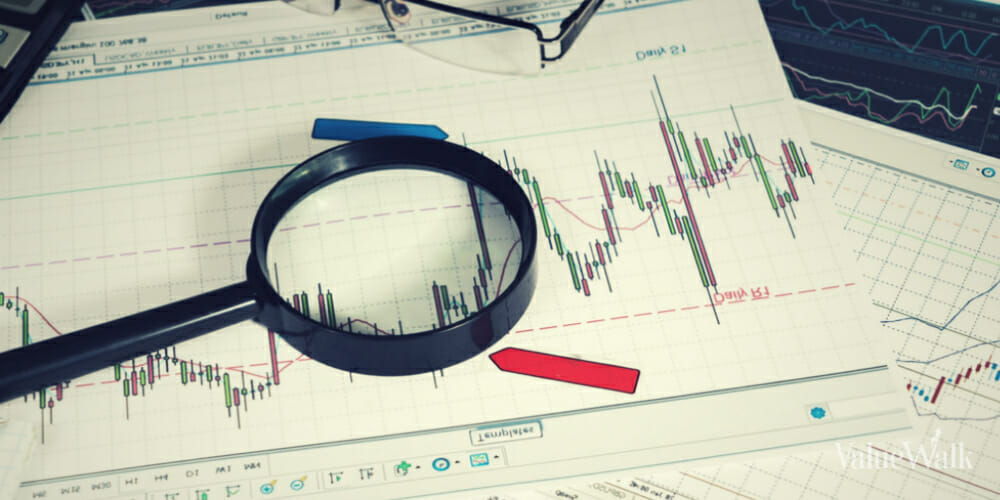Whitney Tilson’s presentation to the CFA Society of Los Angeles on how to avoid and profit from manias, bubbles and investor irrationality. Whitney Tilson talks about behavioral finance, common mental mistakes, investors’ overconfidence and more. Also see: Whitney Tilson Updates His Berkshire Hathaway Slides; Sees 40% Upside This is from 2008 and has some good stuff in it
What is Behavioral Finance?
Peter Bernstein in Against the Godsstates that the evidence “reveals repeated patterns of irrationality, inconsistency, and incompetence in the ways human beings arrive at decisions and choices when faced with uncertainty.”
Behavioral finance attempts to explain how and why emotions and cognitive errors influence investors and create stock market anomalies such as bubbles and crashes.
But are human flaws consistent and predictable such that they can be: a) avoided and b) exploited for profit?
Why is behavioral finance important?
“Investing is not a game where the guy with the 160 IQ beats the guy with the 130 IQ…Once you have ordinary intelligence, what you need is the temperament to control the urges that get other people into trouble in investing.”–Warren Buffett
Common Mental Mistakes
1)Overconfidence
2)Projecting the immediate past into the distant future
3)Herd-like behavior (social proof), driven by a desire to be part of the crowd or an assumption that the crowd is omniscient
4)Misunderstanding randomness; seeing patterns that don’t exist
5)Commitment and consistency bias
6)Fear of change, resulting in a strong bias for the status quo
7)“Anchoring”on irrelevant data
8)Excessive aversion to loss
9)Using mental accounting to treat some money (such as gambling winnings or an unexpected bonus) differently than other money
10)Allowing emotional connections to over-ride reason
11)Fear of uncertainty
12)Embracing certainty (however irrelevant)
13)Overestimating the likelihood of certain events based on very memorable data or experiences (vividness bias)
14)Becoming paralyzed by information overload
15)Failing to act due to an abundance of attractive options
16)Fear of making an incorrect decision and feeling stupid (regret aversion)
17)Ignoring important data points and focusing excessively on less important ones; drawing conclusions from a limited sample size
18)Reluctance to admit mistakes
19)After finding out whether or not an event occurred, overestimating the degree to which one would have predicted the correct outcome (hindsight bias)
20)Believing that one’s investment success is due to wisdom rather than a rising market, but failures are not one’s fault
21)Failing to accurately assess one’s investment time horizon
22)A tendency to seek only information that confirms one’s opinions or decisions
23)Failing to recognize the large cumulative impact of small amounts over time
24)Forgetting the powerful tendency of regression to the mean
25)Confusing familiarity with knowledge
Overconfidence
1)19% of people think they belong to the richest 1% of U.S. households
2)82% of people say they are in the top 30% of safe drivers
3)80% of students think they will finish in the top half of their class
4)When asked to make a prediction at the 98% confidence level, people are right only 60-70% of the time
5)68% of lawyers in civil cases believe that their side will prevail
6)Doctors consistently overestimate their ability to detect certain diseases
7)81% of new business owners think their business has at least a 70% chance of success, but only 39% think any business like theirs would be likely to succeed
8)Graduate students were asked to estimate the time it would take them to finish their thesis under three scenarios: best case, expected, and worst case. The average guesses were 27.4 days, 33.9 days, and 48.6 days, respectively. The actual average turned out to be 55.5 days.
9)Mutual fund managers, analysts, and business executives at a conference were asked to write down how much money they would have at retirement and how much the average person in the room would have. The average figures were $5 million and $2.6 million, respectively. The professor who asked the question said that, regardless of the audience, the ratio is always approximately 2:1
10)86% of my Harvard Business School classmates say they are better looking than their classmates
See full presentation via Tilson Funds




